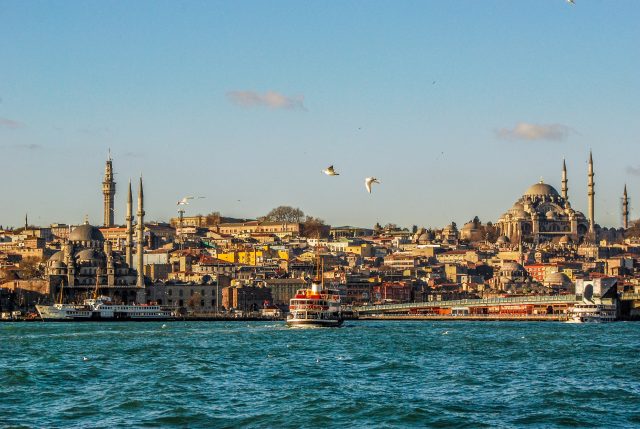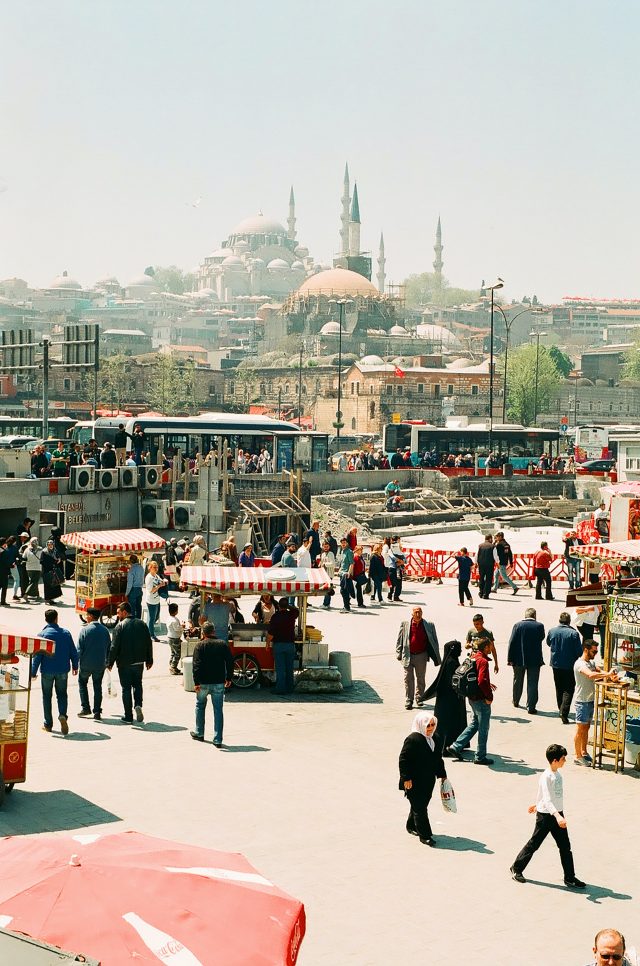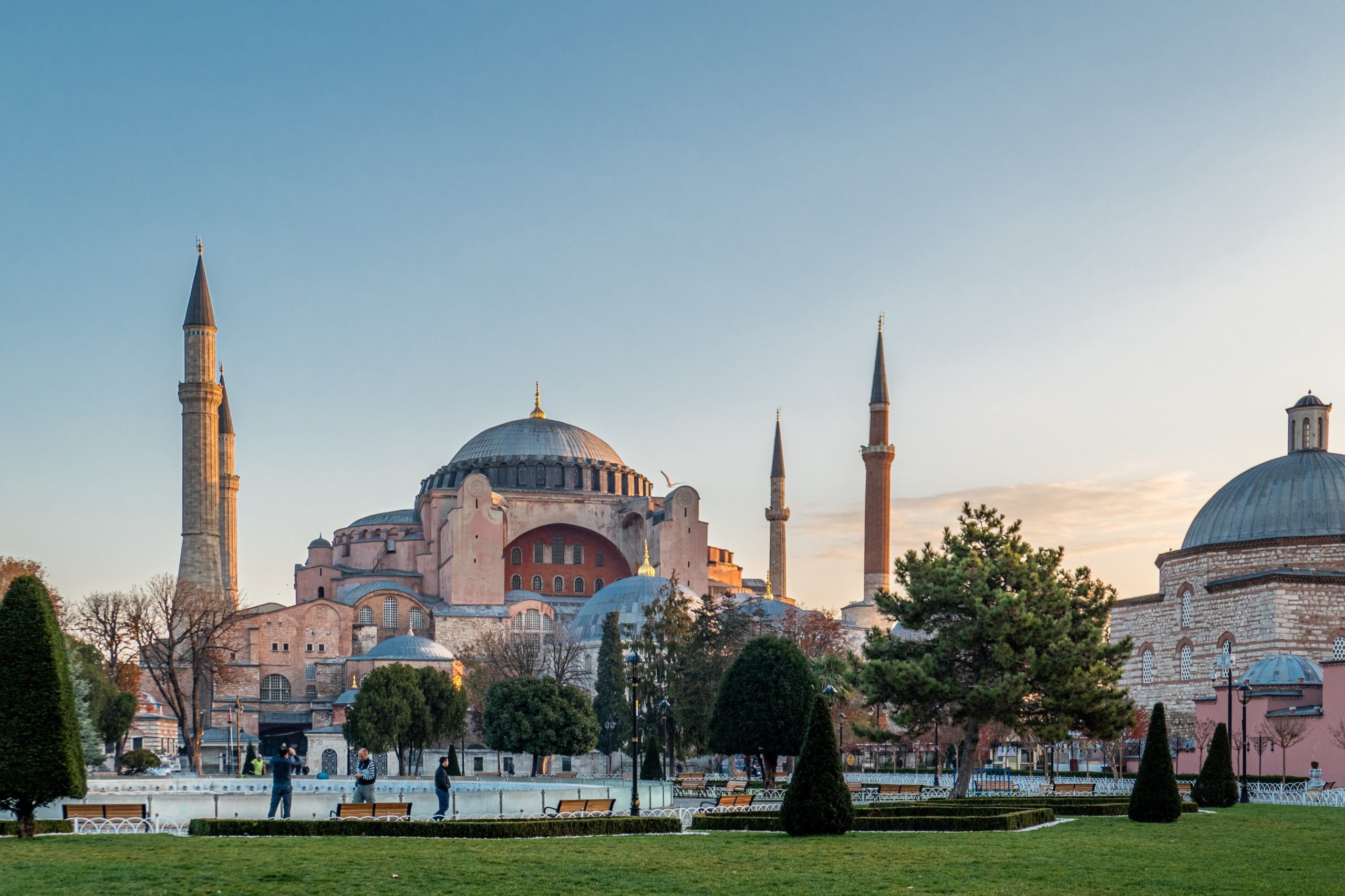Turkey
is a bi-continental country: an oft-repeated cliché about Turkey is that it is the bridge between Europe and Asia. This is true not only geographically, but also culturally, and many Turks value their European and Asian identities equally. Therefore, Turkey is the ultimate « exotic — but with a twist » destination for many: a great deal of travellers to the country will find a charming novelty in every corner, yet at the same time, will have a feel of comforting familiarity, regardless of which direction or how far they are arriving from. Add the Turks’ legendary warmth towards the visitors to the mix, and you get the idea.

Communist History
There is evidence that the bed of the Black Sea was once an inhabited plain before it was flooded in prehistoric times by rising sea levels. Mount Ararat (Ağrı Dağı), at 5,165 m, is Turkey’s highest point and the legendary landing place of Noah’s Ark on the far eastern edge of the country. The area that is now Turkey has been part of many of the world’s greatest empires throughout history. The city of Troy, famously destroyed by the Greeks in Homer’s Illiad, has always been associated with the entrance to the Dardanelles strait in northwestern Anatolia. Subsequently, the area was to become part of the Roman Empire, and subsequently, the Eastern Roman (Byzantine) Empire after the Roman Empire split into two, with the city of Constantinople (now Istanbul) as the regional capital, as well as the Eastern Roman capital after the split. The Ottoman Empire subsequently defeated the Eastern Roman Empire, and dominated the eastern Mediterranean, until its defeat by the Allies in World War I.
As you leave Turkey, the fast-paced modern capital fades from view and the slower-paced, old-fashioned countryside unfolds around you.
Culture
While it may sound like a tourism brochure cliché, Turkey is really a curious mix of the west and the east — you may swear you were in a Balkan country or in Greece when in the northwestern and western parts of the country (except that Byzantine-influenced churches are substituted with equally Byzantine-influenced mosques), which are indeed partly inhabited by people originating from the Balkan countries, arriving in waves during the turmoil before, during, and after World War I, while the southeastern reaches of the country exhibit little if any cultural differences from Turkey’s southern and eastern neighbours. Influences from the Caucasus add to the mix in the northeast. It can be simply put that Turkey is the most oriental of the western nations, or, depending on the point of view, the most occidental of the eastern nations.

Climate
The climate in Turkey is often (rather simplistically) described as Mediterranean, and this brings to mind the imagery of sunny, hot summers and warm seas. The reality is a bit more complicated than this, however. While most of the southern and western coasts of Turkey fit this description quite well, most of Turkey does not. In fact, the northern coasts are rainy enough to feature temperate rainforests, with the lush Euxine-Colchic forests stretching all the way from northern Istanbul (see Belgrad Forest) to Georgia. Meanwhile, the continental inland regions, especially in the east, can get brutally cold with temperatures approaching -40°C during the coldest nights of winter.

